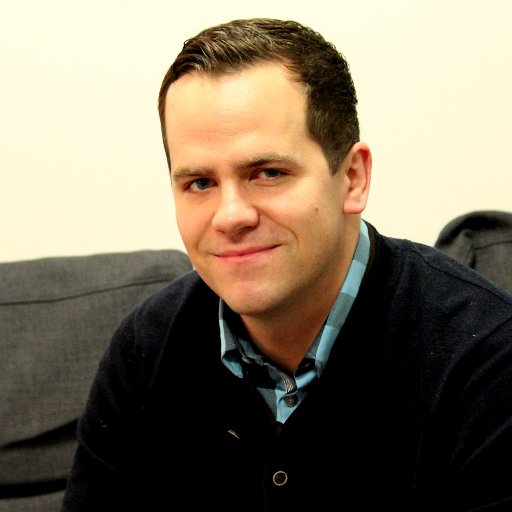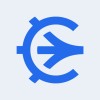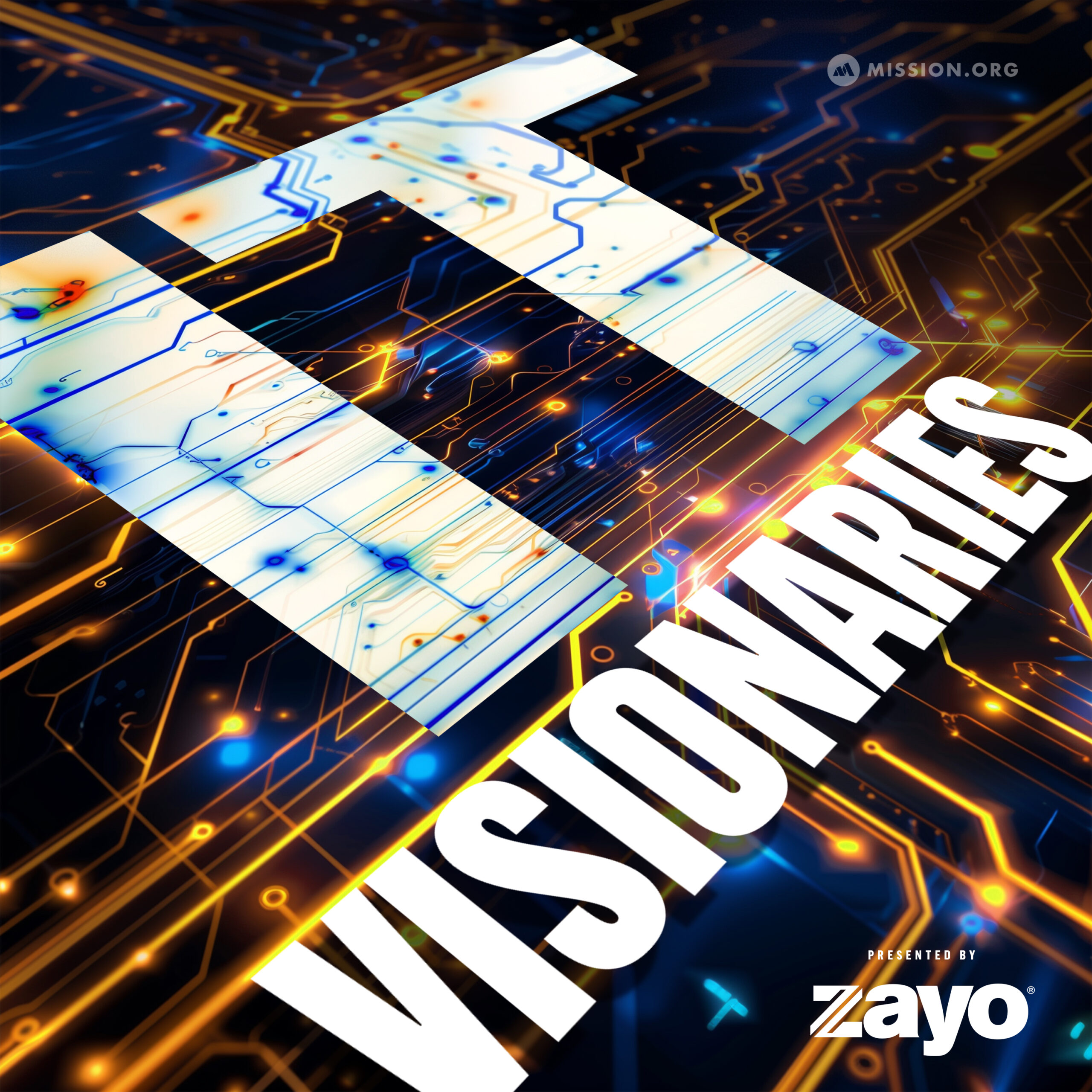Or listen in your favorite podcast app
Apple Podcasts / Google Podcasts / Spotify
If you ask most CIOs and CTOs what their biggest concern is, a majority of those leaders might respond with one simple question: How do we manage risk in a way that is effective and cost-efficient? Jon Siegler is the Chief Product Officer at LogicGate, a company that’s working to solve that very question with its platform. In this episode of IT Visionaries, Jon discusses how the platform is revolutionizing the risk-management industry, while putting its customers at the center of attention.
Main Takeaways
- Experience Matters: When deploying software, the customer experience and user interface has to be at the forefront of your thinking. As more and more CEOs become familiar with applications in the cloud, your software must adopt that same design thinking. Software has to be easily accessible and easily understandable.
- Feedback Loop: When launching products, it’s important to maintain some kind of feedback loop with customers. When LogicGate launches new products, they are tested time and time again before they are ever deployed. In order to keep these feedback loops open, deploy focus groups and continually send out surveys to constantly funnel in those insights.
- Budget Matters: Implementing security costs money, and, unfortunately, one of the biggest challenges companies face when it comes to governing risk is simply a lack of budget. Many risk and security departments lack the necessary funding in order to upscale their technology stack, which is a problem that needs to be solved with cooperation with other members of the C-Suite.
—–
For a more in-depth look at this episode, check out the article below.
If you ask most CIOs and CTOs what their biggest concern is, a majority of those leaders might respond with one simple question: How do we manage risk in a way that is effective and cost-efficient? Jon Siegler is the Chief Product Officer at LogicGate, a company that’s working to solve that very question with their platform. In this episode of IT Visionaries, Siegler discusses how the platform is revolutionizing the risk-management industry, while putting their customers at the center of attention.
Launched in 2015, Logic Gate is an agile risk cloud solution that combines powerful functionalities with intuitive design that works to enhance enterprise GRC programs. According to Siegler, it’s a program rooted with the experience in mind.
“We’re delivering highly valuable product experiences for our customers and really ensuring that the vision of our products ensures that the vision of the risk cloud is really aligned to the company,” Siegler said.
LogicGate looks to assist organizations with their governance risk and compliance efforts, working with Chief Risk Officers and Chief Information Security Officers, helping them enable better and more informed strategic decisions that their companies may face.
“Today, companies face more threats than they ever have before,” Siegler said. “[There is] more regulation, and because of that there is a lot more work for those teams to do. How do they do more with less? Change and adapt quickly to the landscape while making better strategic decisions in order to be more proactive and less reactive.”
LogicGate provides their partners with out-of-the-box templates to help them manage third-party risks, while allowing them to better understand how their data is shared with other companies and the risk that they may be exposed to. The software is also designed to help those same users figure out ways they can better comply with industry standards. While the software may sound great, Siegler was quick to point out that products similar to LogicGates have existed before, but they have rarely been instituted.
“We actually still see so many companies that still use spreadsheets and email to manage their risk and compliance programs,” Siegler said. “You’d be surprised how big some of the companies are that still do that. And it’s probably because risk and compliance and security teams haven’t always gotten the love from a budget standpoint to invest in better technology.”
According to Siegler, technology is only transformational if it’s implemented and can be put to use. For a long time, software was not very complimentary for the user. While the functionality was there, the user experience was not. LogicGate looks to shift that dynamic.
“We’ve definitely seen the shift around this concept of consumerization of enterprise software,” Siegler said. “Business software users are now expecting their enterprise software to behave and act like the apps that they grew up with on their phone. That’s actually ensuring that the software is going to get used and put to action.”
So when you’re designing for experience and functionality, where do you begin? LogicGate began by asking its users, and conducting interviews and focus groups in order to build the best product possible while connecting with their users and really understanding their pain points.
“Building a great experience starts with having a deep understanding of our customers and their users and the different personas that are coming into the platform and their goals,” Siegler said. “Everything is rooted in that. You can spend all the time you want building beautiful interfaces, but a great user experience is about elegantly solving the problems of users.”
Whether you’re adding a big feature or looking into adding a small function, Siegler said to start with customer interviews to ensure that you’re getting the necessary feedback. And then, once that feedback loop is open and you launch, continue to gather those insights so you can constantly iterate based on customer feedback.
While security concerns and risk management is not a new idea, Sieger said the biggest issue surrounding adoption — whether it’s LogicGate’s software or a competitor — orbits around budget concerns. While companies know they have to protect themselves from attacks, they often deal with a lack of funding to upgrade their technology stack.
“The biggest challenge is from a budget perspective,” Siegler said. “Companies haven’t gotten the love from the CFO or the CEO in those different departments to actually spend the money. The innovation that has for some of the legacy players just hasn’t caught up to where other categories of software potentially have. So they haven’t had the tools available to them to make their job easier.”
So what is on the horizon for LogicGate? For Siegler and his team, their focus is shifting to how they can help their customers better deploy the data their platform gathers to help them make better decisions.
—
To hear the entire discussion, tune into IT Visionaries here.




